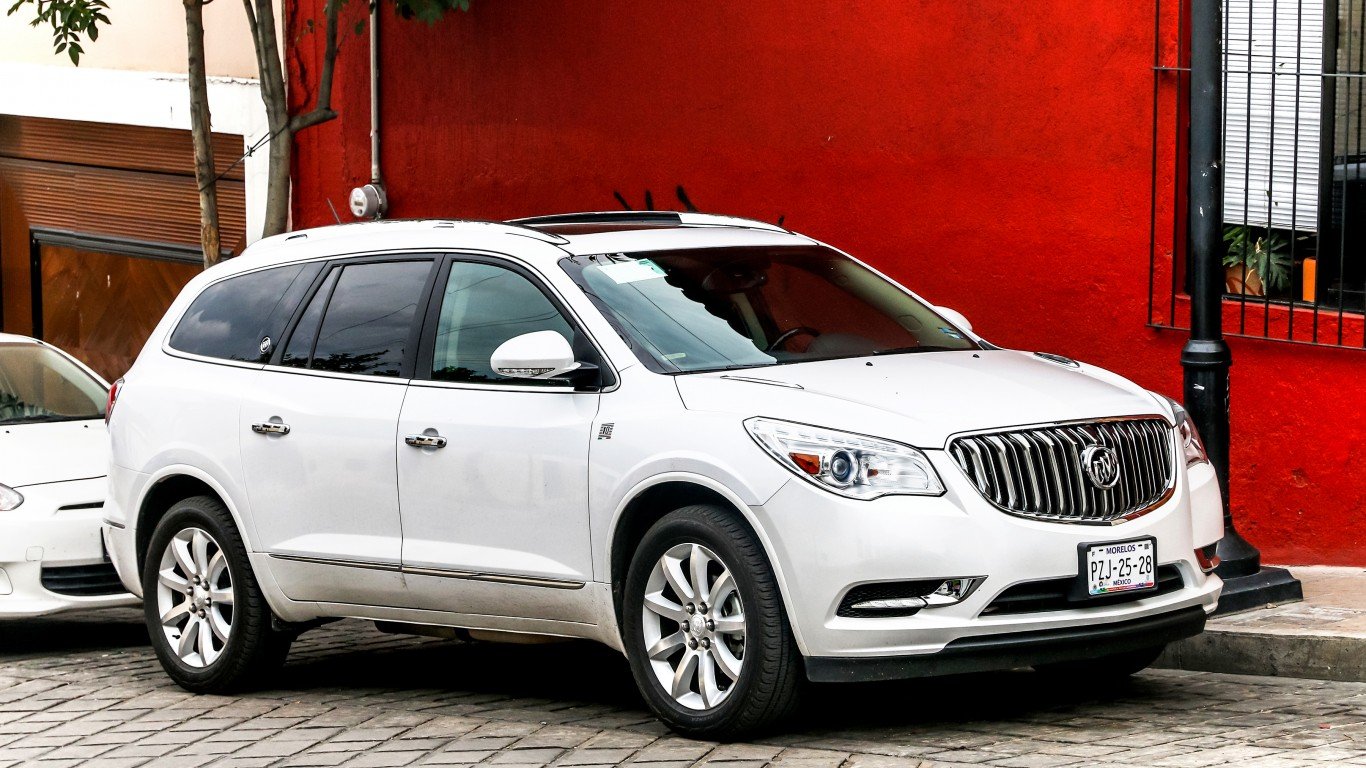
Source: Thinkstock
There are two chief reasons for the increase from a recent low of 2.945 trillion miles in 2009. More people are working — the U.S. economy added more than 3 million jobs in 2014 — and that means that they have to get to work, which means that most of them get into their cars. Second, the sharp drop in gasoline prices in the last half of 2014 likely encouraged people to drive more.
That is some good news for U.S. oil producers, because it means demand is on the rise. The U.S. Energy Information Administration (EIA) estimates that gasoline consumption will increase by 0.9% year-over-year in 2015 to 9 million barrels a day.
The report also may have some good news for automakers: the more miles driven, the sooner a vehicle is likely to be replaced. Given the quality improvements that automakers have made over the past decades, though, the U.S. fleet of about 250 million vehicles is getting older as Americans hold on to their cars longer. The average age of a car or light truck has risen from 9.8 years in 2002 to 11.4 years in 2013. The other downside here is that older cars pump out more pollutants than do newer ones, creating a different problem that also needs to be addressed.
ALSO READ: States With the Highest Gasoline Prices
Those additional miles driven may not be such good news for U.S. highways however. More miles driven — one analyst expects American drivers to surpass the 2007 total in 2015 to post a new record for miles driven — means more wear and tear on U.S. highways. A recent report from the Congressional Budget Office shows that inflation-adjusted federal spending on transportation and water infrastructure has decreased by 9% since 2003.
A National Governors Association study of fiscal year 2014 spending on highways showed that federal spending on highways dropped 1% while state spending rose by 10%. President Obama’s request for $302 billion in federal support for highways and mass transit fell on congressional deaf ears earlier this year.
The American Society of Civil Engineers figures the shortfall in infrastructure spending for highways and bridges totals $125 billion annually just for maintenance and repair. More cars on the roads and more miles driven can only exacerbate the shortfall.
It is also worth noting that not only did they drive more, Americans bought more large sport utility vehicles (SUVs) and pickup trucks in 2014. Sales of full-size pickups in 2014 were 7% higher than the year before, and full-size SUV sales were up 6.2%. The biggest sales gain last year among segments that sold at least a million units came in the compact SUV/crossover segment, with sales up 14.5%. Mid-size SUV sales rose 12.3%, luxury full-size SUV sales rose 18.6% and luxury mid-size SUV sales rose 12.3%.
These vehicles all have better mileage ratings than they did several years ago, but they are not the most fuel-efficient vehicles available. It is virtually inevitable that gasoline demand will rise as Americans purchase more of these larger vehicles. Once the crude oil market reaches some semblance of balance, that can only push gasoline prices up.
West Texas Intermediate (WTI) crude oil for May delivery traded about 0.6% higher Tuesday morning, at $47.72, as the dollar continues to lose strength. Reformulated gasoline traded at around $1.80 a gallon, up more than $0.30 a gallon from its recent low, but well below its June 2014 high of $2.93.
ALSO READ: Auto Financing at Record Highs
Essential Tips for Investing: Sponsored
A financial advisor can help you understand the advantages and disadvantages of investment properties. Finding a qualified financial advisor doesn’t have to be hard. SmartAsset’s free tool matches you with up to three financial advisors who serve your area, and you can interview your advisor matches at no cost to decide which one is right for you. If you’re ready to find an advisor who can help you achieve your financial goals, get started now.
Investing in real estate can diversify your portfolio. But expanding your horizons may add additional costs. If you’re an investor looking to minimize expenses, consider checking out online brokerages. They often offer low investment fees, helping you maximize your profit.
Thank you for reading! Have some feedback for us?
Contact the 24/7 Wall St. editorial team.



